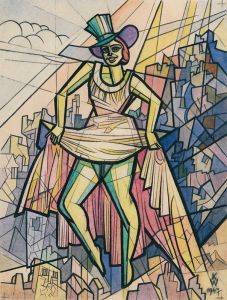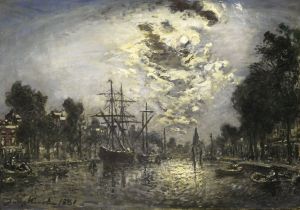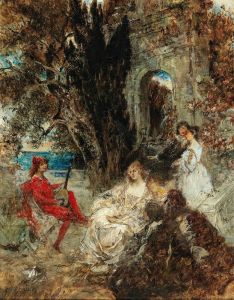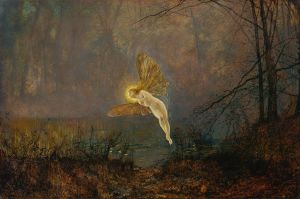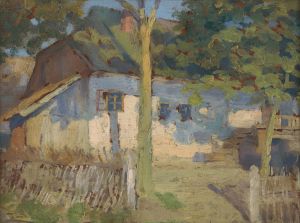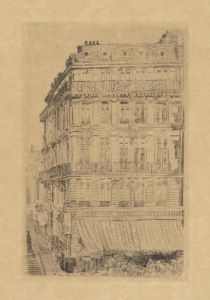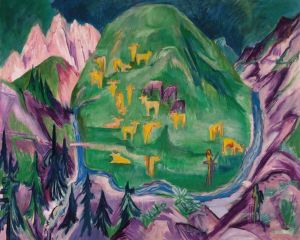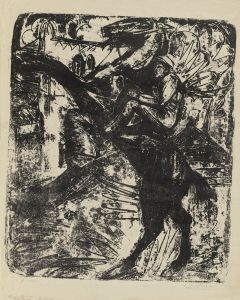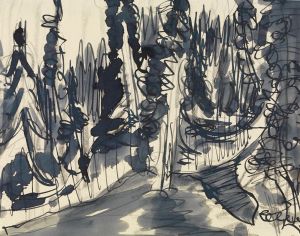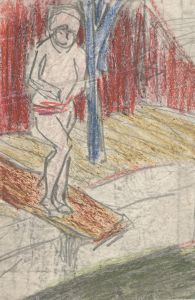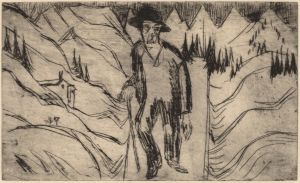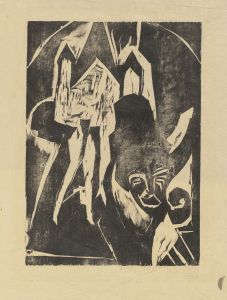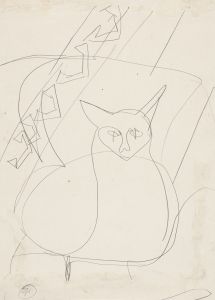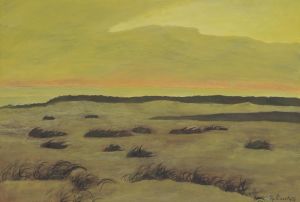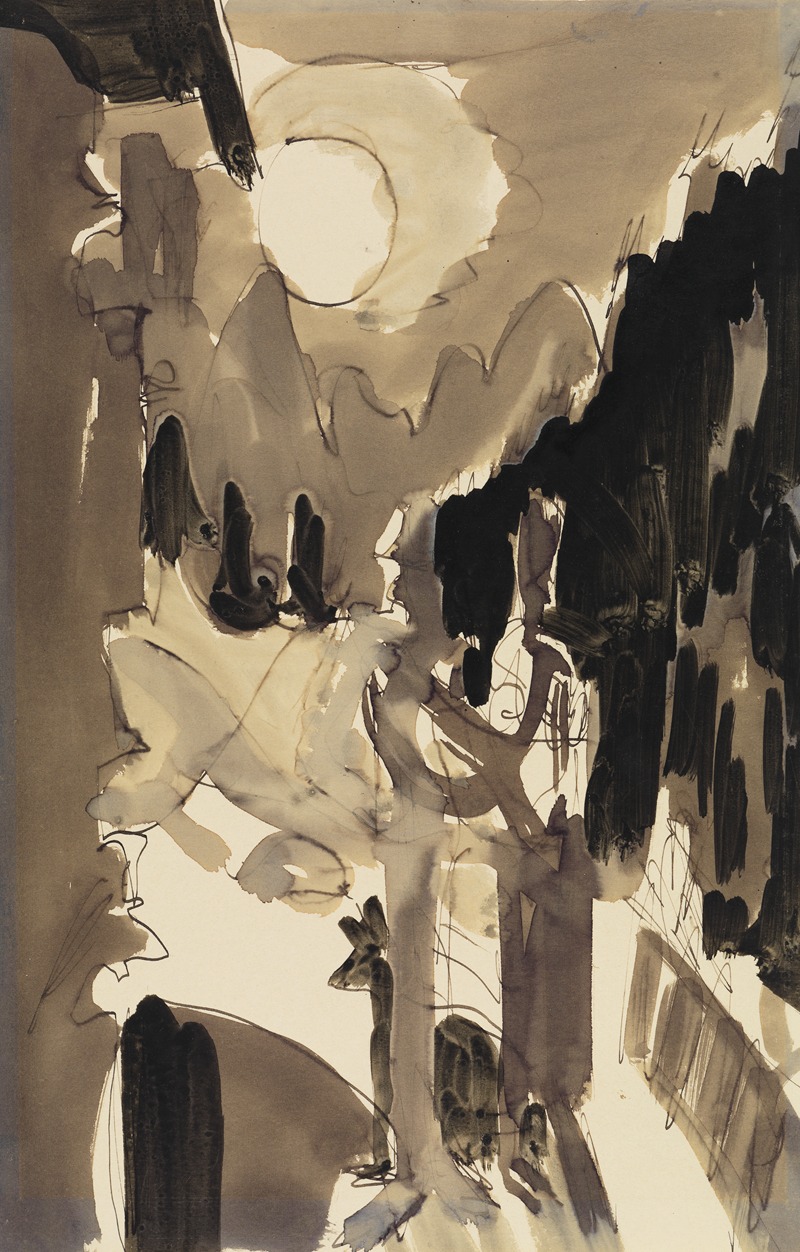
Paar im Mondlicht vor dem Haus
A hand-painted replica of Ernst Ludwig Kirchner’s masterpiece Paar im Mondlicht vor dem Haus, meticulously crafted by professional artists to capture the true essence of the original. Each piece is created with museum-quality canvas and rare mineral pigments, carefully painted by experienced artists with delicate brushstrokes and rich, layered colors to perfectly recreate the texture of the original artwork. Unlike machine-printed reproductions, this hand-painted version brings the painting to life, infused with the artist’s emotions and skill in every stroke. Whether for personal collection or home decoration, it instantly elevates the artistic atmosphere of any space.
Ernst Ludwig Kirchner was a prominent German expressionist painter and one of the founding members of the influential art group Die Brücke (The Bridge), which played a crucial role in the development of modern art in the early 20th century. Kirchner's work is characterized by its bold colors, dynamic compositions, and emotive subject matter, often reflecting the social and cultural upheavals of his time.
"Paar im Mondlicht vor dem Haus" (translated as "Couple in Moonlight in Front of the House") is one of Kirchner's paintings that exemplifies his unique style and thematic interests. Created during a period when Kirchner was deeply engaged with the expressionist movement, this painting reflects his fascination with human figures and their interaction with the environment.
The painting depicts a couple standing in front of a house, bathed in the ethereal glow of moonlight. Kirchner's use of color is particularly noteworthy, as he employs a palette that enhances the dreamlike quality of the scene. The figures are rendered with elongated forms and exaggerated features, a hallmark of Kirchner's approach to capturing the emotional essence of his subjects rather than adhering to realistic representation.
Kirchner's technique in "Paar im Mondlicht vor dem Haus" involves bold, sweeping brushstrokes that convey a sense of movement and energy. This dynamic style is indicative of his broader artistic philosophy, which sought to break away from traditional artistic conventions and explore new ways of expressing the complexities of modern life. The painting's composition, with its interplay of light and shadow, creates a sense of depth and mystery, inviting viewers to contemplate the relationship between the figures and their surroundings.
Thematically, the painting can be seen as an exploration of intimacy and isolation, a recurring motif in Kirchner's work. The couple's presence in the moonlit landscape suggests a moment of connection, yet the surrounding darkness and the looming structure of the house introduce an element of solitude and introspection. This duality reflects Kirchner's interest in the psychological dimensions of human experience, a theme that resonates throughout his oeuvre.
Kirchner's work, including "Paar im Mondlicht vor dem Haus," was significantly influenced by his personal experiences and the broader socio-political context of his time. The early 20th century was a period of rapid change and uncertainty, and Kirchner's art often grapples with the tensions and anxieties of this era. His paintings are imbued with a sense of urgency and emotional intensity, capturing the spirit of a world in flux.
Despite facing numerous challenges throughout his career, including the impact of World War I and the rise of the Nazi regime, which labeled his work as "degenerate art," Kirchner's legacy endures. His contributions to the expressionist movement and his innovative approach to form and color continue to influence artists and captivate audiences today.
In summary, "Paar im Mondlicht vor dem Haus" is a testament to Ernst Ludwig Kirchner's artistic vision and his ability to convey complex emotional and psychological themes through his distinctive expressionist style. The painting remains an important piece within Kirchner's body of work, reflecting both his personal artistic journey and the broader cultural currents of his time.





